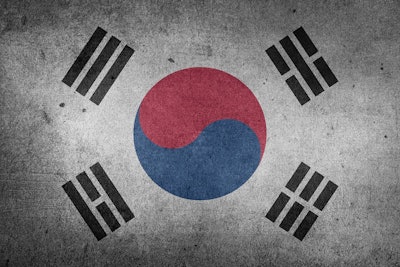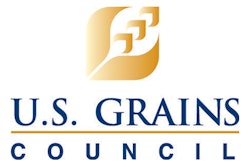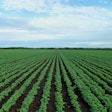
Recent events in foreign policy and the ongoing conversation about the value of U.S. trade agreements have put a spotlight on South Korea as a close U.S. ally and an important customer for U.S. products, including grains.
Clickhereto view a larger version of this chart. |
South Korea is now the fifth largest market for U.S. agricultural exports, totaling $6.2 billion in purchases in 2016. The country was was the fourth largest importer of both U.S. corn and distiller's dried grains with solubles (DDGS) as well as the seventh largest importer of U.S. barley in the 2015/2016 marketing year.
美国谷物理事会(USGC)已经在南方工作Korea since 1972, providing technical assistance and expertise on how to best utilize corn and value-added products like DDGS, educating government officials on the advantages of biotechnology and, of course, promoting free trade between the United States and South Korea.
Those investments, using both member dollars and matching grants included in U.S. farm bills, are instrumental in the incredible growth of the South Korean livestock and corn processing industries. Combined with favorable trade terms in the United States-Korea Free Trade Agreement (KORUS), these efforts ensure U.S. feed grains and value-added products remain a major player in South Korea, which ranks in the top five coarse grains importing markets in the world with more than 12 million metric tons imported annually.
KORUS entered into force in March 2012, providing duty-free access for U.S. corn and sorghum exports immediately. The agreement also includes a 2,500 ton (nearly 115,000 bushels) duty-free quota for U.S. barley, which increases 2 percent each year while full tariffs are phased out, as well as important provisions offering increasing market access for beef, pork and poultry products.
“The KORUS agreement solidified the longstanding relationship between U.S. farmers and agribusinesses and Korean buyers and end-users of grain,” said Haksoo Kim, USGC director in Korea. "This agreement made it possible to cultivate a new market for U.S. barley and to expand the market share of U.S. corn co-products like DDGS in this fiercely competitive market.”
The more than 5.7 million tons (more than 224 million bushels) of corn and corn products South Korean buyers purchased from U.S. producers in 2015/2016 was valued at more than $1 billion, which in turn generated $1.3 billion in economic activity and supported 8,400 U.S. jobs.
Clickhereto view a larger version of this chart. |
South Korea purchases of U.S. DDGS have grown in recent years to 845,000 tons in the 2015/2016 marketing year from about 621,000 tons the prior year. In the first seven months of the 2016/2017 marketing year (Sep. 2016-March 2017), South Korea imported more than 615,000 tons of U.S. DDGS, up 29 percent from the same time period the previous year.
However, South Korean corn buyers are very conscious of both quality and price, purchasing corn from six or more countries and quickly switching feed ingredients when logistical or price opportunities arise. This means U.S. feed grains compete against corn from South American and Black Sea origins, and U.S. market share can fluctuate depending on crop availability and logistics. The duty-free provisions of the KORUS agreement are particularly important to help maintain U.S. exports in this environment.
The United States has an additional advantage in the South Korean market - a strong trading partnership that has spanned decades. The Council works to build both markets and relationships in South Korea by providing transparent crop quality and availability information as well as lending technical and policy experience. For example, the Council organized a DDGS conference in South Korea earlierthis monthto educate local feed millers on how to best utilize increased DDGS inclusion rates in their rations.
"Koreans like to do business based on relationships - it reaffirms they are getting a quality product from genuine people," Kim said. "They want to do business with the United States as they feel we offer the most consistent, steady supply of coarse grains and co-products."
Learn more about the Council’s work in South Koreahere.




















